In September, Apple released the Apple Watch Ultra, which isn’t always only waterproof to a hundred meters (330 feet) in depth but can also be used as a dive pc with the assistance of a partner app evolved by way of Huish Outdoors. The app is released officially nowadays, but we took a pre-release model of it into the deep blue sea to check it out.
I’ve been an enthusiastic scuba diver for more than a decade. I’ve logged masses of dives and earned a handful of qualifications over the years: I’m an SSI Rescue Diver, an SSI Master Diver and a PADI Divemaster; I’ve additionally completed a bunch of forte schooling over the years. I’m also certified to guide dive excursions. If this means nothing to you, suffice it to mention I’m skilled in dive-precise first resource, and if you are diving with me, I can (at least in theory) keep your existence if something is going wrong.
I’m also an extensive hardware and devices nerd, so when Apple first introduced that the Apple Watch Ultra may be used as a dive computer, I got very excited and overtly wrote that I might gladly accept it as accurate with my lifestyle to the freshest and chunkiest wrist-worn supercomputer from the Cupertino-based electronics manufacturer. The article gave me a few, er, exciting remarks from the dive community. However, I stand by using it. So when Apple gave me early get admission to the Huish Outdoors Oceanic+ app and an Apple Watch Ultra, I decided to place my money where my regulator is going, ebook a flight to Hawaii, and notice if it may stand the strain of one hundred toes of seawater underneath my watchful eyes.
Was I apprehensive? Not without a doubt. A dive laptop can fail without putting divers’ lives at risk. I should mention that whilst the Apple Watch Ultra is in its full and final shape, the Oceanic+ app is not. I changed into going for walks a beta version, which did introduce multiple nerves. The watch app changed into complete-featured and laboured sleekly. However, the iPhone compendium app still transformed into a touch harsh at the rims.
The Oceanic+ watch app is where the heavy lifting is completed, so I’ll spend most of my recognition there; however, let’s start with a mild detour into a few concepts…
What’s a dive laptop?
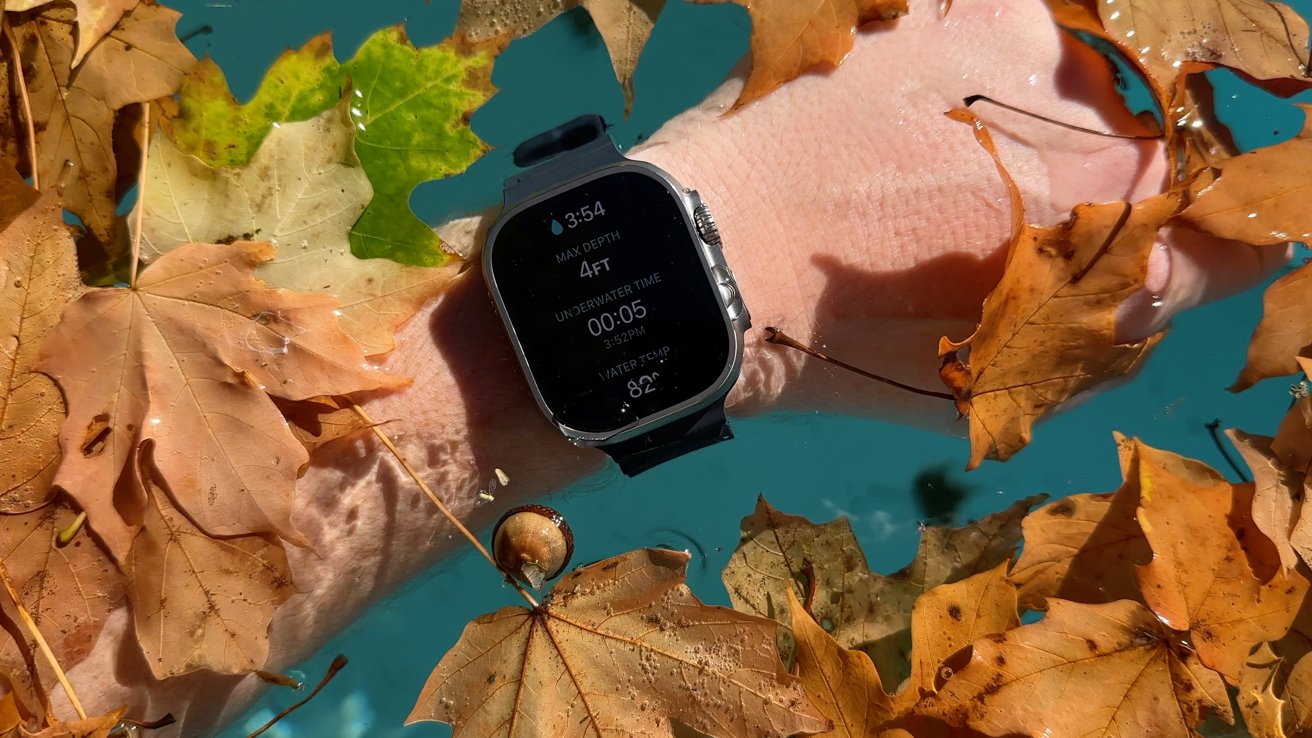
If you’re a veteran scuba diver, you likely don’t want this refresher, but for this overview to, without a doubt, make us feel, we need to get a bit nerdy about what a dive laptop is and why it’s essential to use one.
You can also have heard of “the bends” or decompression sickness. This doubtlessly medically severe circumstance can occur when you breathe gasoline (usually air) at strain (together with underwater). The trouble is that once a gas is under stress, it goes through your lungs, and the nitrogen inside the gas is absorbed into your bloodstream. From there, it goes everywhere your blood goes – your muscles, your fat, your brain, your guts, and all of your other tissues. This isn’t dangerous in itself, so long as the fuel stays “in solution” – in other words, so long as your blood remains liquid, your fats stay fats, and your brain stays sans air bubbles.
If you reduce the stress too quickly, for instance, by surfacing from a dive too quickly, physics flexes its effective fingers (within the shape of Boyle’s Law), and that gas can pop out of the solution, forming little bubbles. Those little bubbles can gather in locations you don’t need them and motivate very critical problems. A small air bubble in a blood vessel to your mind can reason an embolism. The equal air bubble for your coronary heart can cause heart attacks, and air everywhere shouldn’t be philosophy can claim some other nasty effects. “Minor” troubles are also feasible, which can cause rashes, itches or unpleasantness. If you want a deep dive into all the ugly stuff that can show up, sense unfastened to Google decompression illness and dive accidents, and you’ll stumble upon some gnarly shit.
The quirk that complicates all that is that different tissues take on and launch nitrogen at memorable quotes, so you need to maintain a close eye on matters.
For leisure scuba divers, there’s a pretty truthful way of keeping off decompression sickness:
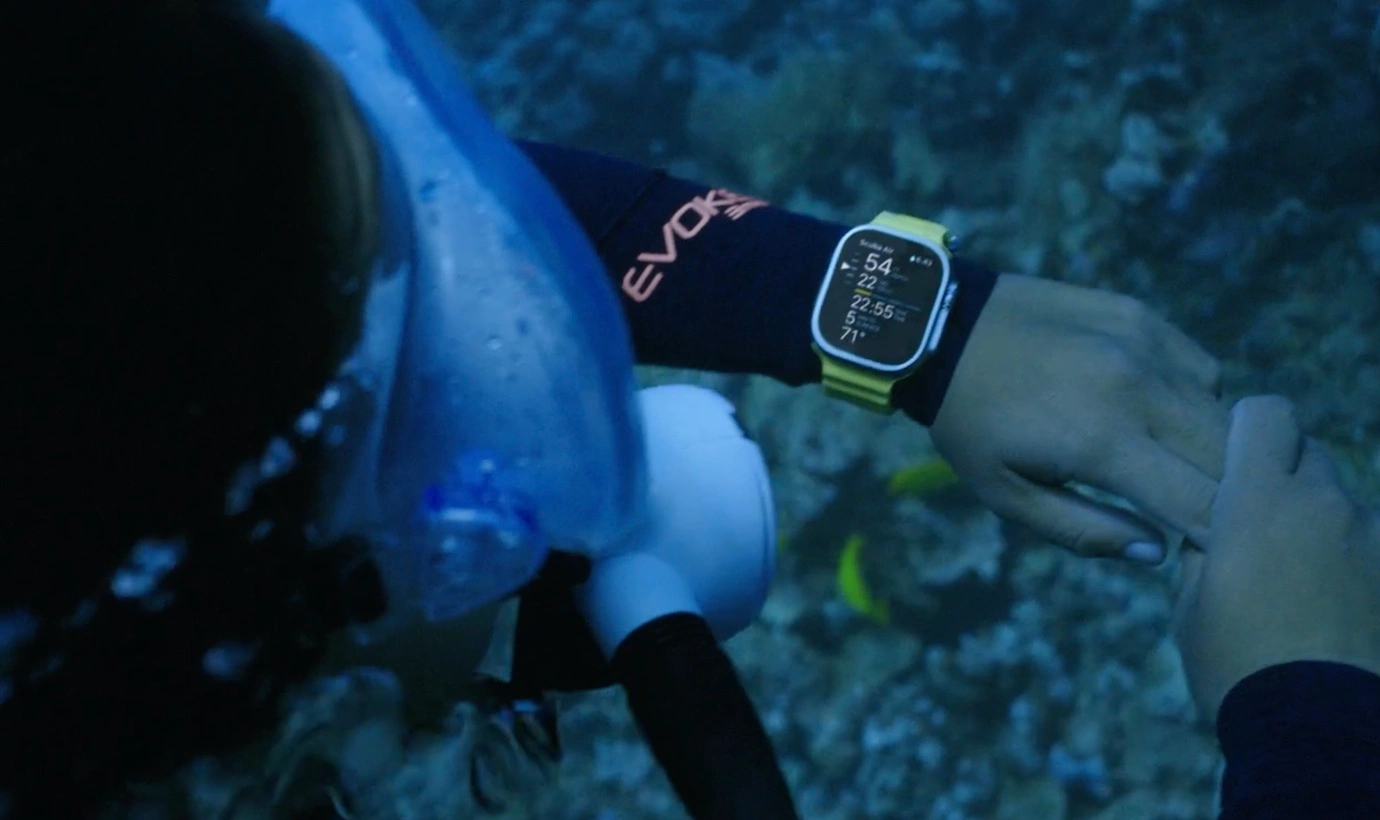
- Divers generally tend to the deepest part of their dive first and then steadily and slowly pass shallower and shallower on their dive, ensuring they don’t ascend faster than a specific ascent charge. A dive laptop facilitates right here: It will warn you if you climb too rapidly.
- When diving, ensure they don’t stay too deep for too long so sluggish-loading tissues don’t get overloaded with nitrogen. Slow-loading tissues additionally offload more slowly, and they can motivate troubles even if you keep on with all the different diving regulations. A dive computer will assist here, too, with the aid of the use of algorithms to hold a version of ways an awful lot of each of a diver’s tissues is loaded with nitrogen and suggest divers go shallower or end a dive if they may be overloaded. (The algorithm Oceanic+ uses the continuous song of 16 unique theoretical tissue types, weighted in specific ways to preserve leisure divers as securely as feasible.)
- Finally, divers can supply a few surface times between dives to provide their frame time to off-fuel. In addition to diving, it’s vital not to move mountaineering or get on a plane too quickly after diving, and don’t dive too deep or too regularly in speedy succession. How do you keep the music of all of that? You guessed it: A dive pc.
In the early days of scuba diving, earlier than dive computers were a thing, you’d use a depth gauge and an eye. Your depth gauge might measure how deep you went, and your watch could be used to track how long you stayed down there. And to calculate how much time you could spend underwater, you’d use dive tables. These early dive tables were calculated by testing on daredevil army divers in the early 1900s.
As you might assume, they had some issues: Most of the human beings in the exams had been male, 18-25 years of age, and in superb shape. I can pass for males, but the rest are not proper for me. The other trouble is that the dive tables don’t have a concept of multi-degree dives: They count on which you plunge to a certain intensity (within the case of a military diver, plant explosives on an enemy ship), live there to do a process after which resurface. That’s not definitely how human beings dive for amusement anymore.
So as soon as dive computers became moderately on hand, humans began using them. The first dive computer systems evolved to be had in the Nineteen Eighties, and they commenced being reasonably priced – placing them in a variety of recreational divers within the late 1990s. They may want to beep at you whilst you ascend too fast, maintain the music of your tissue loading, and preserve the music of multi-intensity, multi-dive scenarios that speedy come to be too complex to parent out through hand. Some dive schooling nevertheless consists of the usage of dive tables to aid in coaching the theory and history, but the vast majority of divers don’t use those after they skip their certification.
The Oceanic+ app uses the Bühlmann decompression set of rules, which is extensively used and depended on throughout the dive industry.
So do you need a dive laptop to preserve your safety?

As part of your dive education, you’re taught how to surface adequately from a dive. While a dive pc telling you how speedy you are ascending can be a great protection blanket, in case your computer must fail and all your other gadgets also crap the bed, you can still appropriately make it again to the boat.
The maximum trick divers are taught is to “ascend on the price of your smallest bubbles.” In different words, they breathe out through their regulator and go with the flow of their hand through the bubbles that form. Please find the minor bubble; it will likely ascend very slowly through the water. Keep tempo with it to the floor, and you may climb at a secure, gradual price.
Now, if your dive laptop did fail, a safe, conservative diver wouldn’t select to dive once more that day. In theory, you my friend up with a diver who had a more aggressive dive profile than you in previous dives (i., E. They went deeper for longer than you), and you can assume that their dive pics information might be safe for you, too. If you live shallower than them on the next dive, you ought to, in theory, be high-quality. However, if you dive on one-of-a-kind gases (say, your Nitrox mix turned into 32% and theirs was 30% oxygen), or if they have executed fewer dives than you recently, matters get tricky.
In addition, a dive pc is a personal protection device. If you did emerge with decompression sickness, the dive medics in the hyperbaric chamber would use your dive computer’s statistics to figure out what occurred and how to treat you. Because no practical divemaster will suggest you operate a person else’s dive computer as a proxy for your safety, most dive operations will ask you no longer to, and no dive certification body will condone this. I could explain all of that to you, and then I’d add — hey, as an authorized diver, you’re chargeable for your safety; you do what fits with your appropriate danger profile.
All of this is to say that it isn’t truly risky or horrifying to consider my diving revel into a brand-new Apple Watch and the beta version of an app. I did dive with a second dive computer inside the pocket of my Buoyancy Compensator Device (BCD – that’s the existence-vest-searching element you may see in the photos), so I had something to evaluate the Apple Watch Ultra with.
If the watch or the Oceanic app had failed, I could have had a risk to head on the second dive, counting on my backup computer. I must upload that this isn’t uncommon for me: Whenever I’m operating as a divemaster and leading other divers, I usually carry dive computers — one for my wrist and one for my pocket.
With all of that out of the way… a whole lot of that is about trusting the tools you are using, which brings me to the subsequent query.
How can you believe in a dive pc?
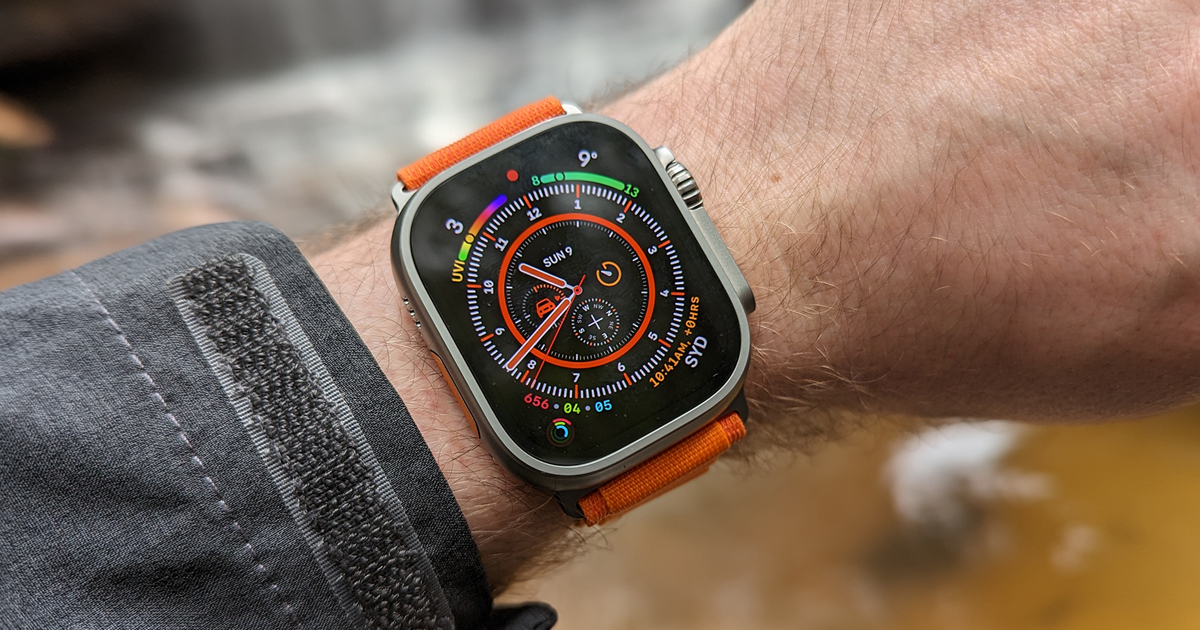
As stated, in case your dive computer fails, you may nevertheless adequately surface, however it might wreck the rest of your day of diving. Nobody wants to pass over out on diving whilst a high-priced dive ride; so that you can recognize whether or not or not you may consider a dive pc, you want to trust a few different additives of it:
- The instrumentation – A dive laptop wishes to keep a walking log of time and depth. Most dive computer systems run a continuous calculation of your tissue loading and further hold a log with specific durations so that you can review your record later.
- The algorithm – Different algorithms use specific ranges of conservatism (i., E. How much protection buffer it has built-in, keeping in mind that everyone’s frame is barely distinctive).
- Reliability – It is exceedingly uncommon that a dedicated dive PC crashes. It may also run out of battery; however, as an unmarried-characteristic tool that best has to maintain track of an available set of algorithms, there’s no longer a lot that may go wrong.
Evaluating the Apple Watch Ultra and the Oceanic+ app will then become a query of examining the instrumentation, the algorithm and the reliability.
For instrumentation, Apple claims that the Apple Watch Ultra is EN13319-compliant; this is a European general overlaying the “Functional, safety, and trying out necessities” for “intensity and time measuring devices.” In different words: dive into computer systems. Apple Watch Ultra uses intensity sensors that are correct to 40 meters/130 toes. A newly certified scuba diver is typically permitted to have 18 meters/60 toes. Still, maximum scuba diving schooling orgs will offer a “deep diving” speciality, an excellent way to allow divers to go to the full 40 meters/130 feet depth. Beyond that, you are looking at “technical diving,” which commonly requires diving with other gas mixes. Things get complicated fast from right here.
The set of rules and the person interface for Oceanic+ is obtainable with Huish Outdoors, which knows an aspect of scuba diving. The enterprise owns several extraordinarily well-respected scuba diving manufacturers, together with Atomic, Bare, Stahlsac, Zeagle, Hollis, and, of direction, Oceanic.
So the Oceanic emblem is truthful and has been serving the dive community for 50-plus years. The other diving manufacturers in the Huish Outdoors portfolio are extraordinarily exceptionally regarded and are depended on by using recreational, technical and commercial/navy divers everywhere in the world. The query mark is that the emblem doesn’t necessarily have a sturdy middle competency as an app developer.
The fact is that Apple did pick out Huish Outdoors as its release partner to release the Oceanic+ app, giving the developer a great head start, with the combo receiving masses of hours of trying out, both in pressurized chambers and in real-life dive conditions. Sources inside Apple endorse that different app builders will be given the right to enter the intensity sensors later this year. It’ll be interesting to see what other brands decide to launch their versions of these apps.
The final piece is reliability. I have now not skilled crashes with Apple Watch apps earlier, but it stands to motive that they might take place, as they could with some other app on any other platform. Incidentally, this is in which Oceanic+ is, as of yet, an unknown.
Two of the forty or so divers with us in this Oceanic+ trying out experienced extravaganza issues with the Oceanic+/Apple Watch Ultra mixture. It’s now unclear if this changed into user mistakes or whether or not the app malfunctioned in a few ways. I requested Apple about this, and they stated they might not be able to comment on particular incidents with the beta software program. I didn’t experience any problems, and I’m unclear whether or not I must be involved.
If the Oceanic+ app had failed or crashed on my dives, I’d have been a touch grumpy, but as defined above it doesn’t gift an actual danger to divers. You could surface slowly and safely if you word the app is malfunctioning. Huish Outdoors did release an update of the beta app, as I turned into scripting this evaluation, and it will have its final release prepared in the public App Store as you’re reading this.
As mentioned above, so under
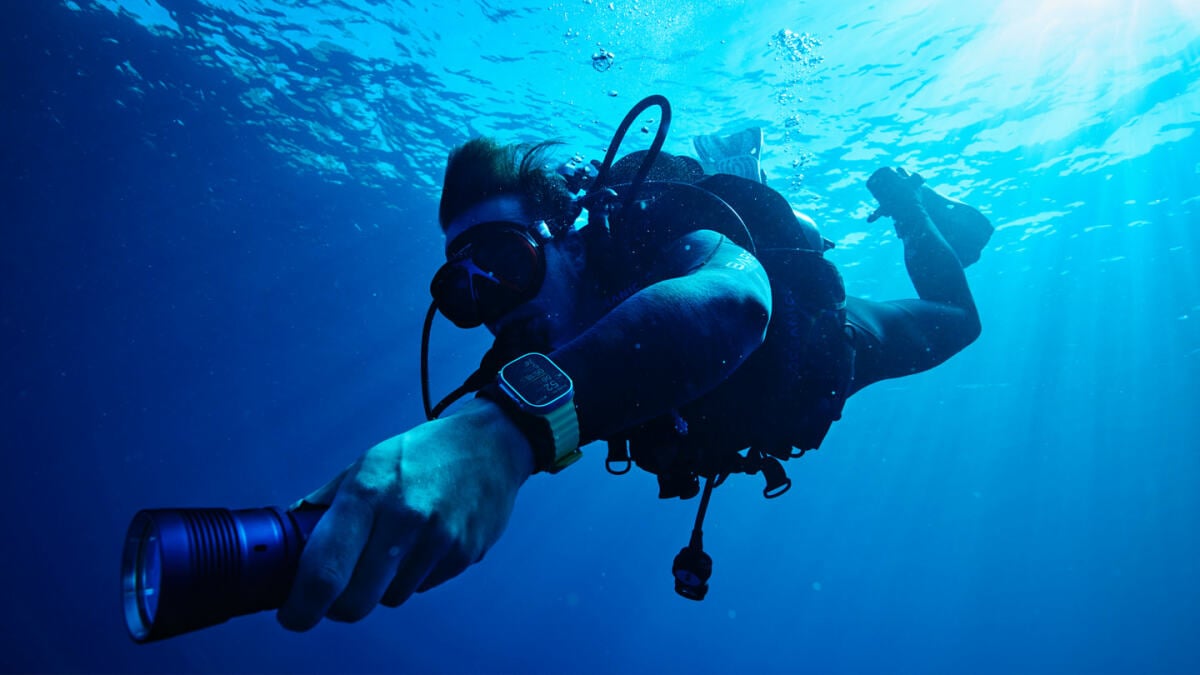
Oceanic+ is a sleek, powerful Apple Watch app that essentially replicates (almost) everything a dive laptop can do and adds some new toys to the mix. The app is in active development, and the crew advised me they have an intensive roadmap for amusing new features in the pipeline. First things first, though: Getting the app into people’s hands.
The app has several free capabilities that are useful for snorkelers and free divers. If you want to apply it as a dive laptop, you must pay its (remarkably well-designed) subscription rate to free up the full functionality.
At the Surface, the watch may be used for dive planning and a log ebook to configure the settings in your next dive. It could also display your floor c programming language time if you have a recent dive at the books.
None of this is rocket science; dive computers have been able to do most of this stuff as long as they have been around. The Apple Watch Ultra’s big contact-display screen makes the consumer enjoy substantially nicer than on traditional dive watches, which can be pretty indecipherable sometimes. Think personal interfaces that appear like relics from the Eighties Casio watch technology, and you get a pretty good concept.
Dive-making plans facilitate you to operate your contemporary tissue loading to discern how deep and lengthy you may dive for after a floor c language.
The logged ebook helps you notice the depth profile of your recent dives, dive time, max ascent price, water temperature, most intensity and the gas blend (air at 21% oxygen or Nitrox as much as forty% oxygen), sampled every 15 seconds as you are underwater. These are capabilities you may get on any dive pc, but Oceanic+ also suggests any warnings about your recent dives and uses the GPS chip in the watch to expose a map of which you dived. They are small iterations, but they make a significant difference over conventional dive computer systems.
Finally, you may configure settings on your dive, which include the gadgets you want to set your app to (Celcius or Fahrenheit, ft or meters, pounds or pounds) and dive mode (snorkelling or scuba), and scuba settings (partial oxygen strain and gradient factor settings, that are safety settings generally left to advanced divers or divers who have frame compositions or scientific situations that warrant being more cautious). You can also configure your gas (air or Nitrox) and Nitrox oxygen level settings.
You also can install dive alarms: an intensity alarm to provide you with a warning when you’ve reached a certain depth and a dive period alarm. Both are helpful to ensure you stay within your dive plan. It’s also viable to configure whether the watch routinely starts offevolved monitoring dives whilst it senses you’ve hopped into the water or whether or not you need to begin the dives manually.
In the iPhone app, you may upload extra notes about your dive: visibility, currents, notes about who you dived with, the natural world you saw, the equipment you used, or other messages you want to take. You can also add your dive certification cards, numbers, and helpful notes.
For instance, inside the screenshot below, the post-dive information indicates the depth profile of my dive, together with my max ascent charge (24 meters consistent with minute). The recommended ascent price is 18 m/s, so the watch warned me that I changed into being stupid.
Also, in the app, you can plan your next dive by deciding on the dive website on a map and see current water temperatures and different facts about the dive.
Over time, the employer told me it’s planning to make these statistics crowdsourced, so divers who have been at the web page lately can provide you with better-resolution ideas of the temperature, visibility, currents and perhaps even flora and fauna spotted at various websites. Helpful if you are searching out whales or different giant sea creatures!
The iPhone app nonetheless desires a touch bit of painting, however despite a few minor photo inconsistencies and quirks (ordinarily text alignment, insignificant typos, and many others.), it gives an excellent submit-dive enjoy:
As you can see from the screenshots, the Apple Maps preview was possibly zoomed in a bit too long way; yes, I became diving in the ocean; however, with no visual cues for where I became, the map isn’t that beneficial.
The depth chart, temperature, ascent prices, and no-decompression (no-deco) graphs are notable gear for divers, but. Most dive computers permit you to connect to your laptop with USB or Bluetooth; it became fresh to look at how seamlessly the Oceanic+ revel changed. When I opened my iPhone, all my records had already been synced and equipped to dig into.
Taking it into the water

For everyday use, the Apple Watch Ultra takes some getting used to. It is a huge watch and looks comically massive on my puny little computer-nerd wrists. That issue goes away as soon as I’m inside the water; although; big as it’s far for a watch, it is approximately on par with an average dive computer.
In the sea, the Apple Watch Ultra is in reality in its detail. The show is extensive, exceptionally bright, and easy to examine below water. Apple says it’s by far the most critical show ever on an Apple Watch and twice as brilliant because of the display at the Series 8.
I would be amiss if I didn’t mention the water sports activities band Apple has created for the Apple Watch Ultra. The ‘Ocean Band,’ as the agency calls it, became designed particularly for ocean and water sports, moulded from a high-performance elastomer.
It’s remarkably sturdy. The tubular geometry lets it stretch for a perfect suit, and the titanium buckle and adjustable loop so that it doesn’t come off effortlessly when it’s on. The band changed into designed for extreme water sports, such as kite surfing and different high-impact sports. Great for clumsy scuba divers like myself. I attempted to rip the watch off underwater and failed.
The organization even sells a band extension in case you want to put on the watch over a drysuit or an especially chunky wetsuit.
Once you activate dive mode, the watch enters water-lock mode; because of this, the touch display becomes unusable, and you have to depend upon the Digital Crown (which is 30 per cent larger than Series 8 with coarser grooves) and buttons to interact with its capabilities.
In addition to the crown and the aspect button, which are barely raised so that they can be used without problems even while you are sporting gloves, the Apple Watch Ultra has an orange Action button. This could be used when diving into dismissing warnings and alarms and picking out a compass heading at the underwater compass.
The crown is blanketed with the aid of a titanium guard to assist save you from accidental rotations, and the sapphire glass on the watch is protected via a titanium bezel all the manner around. All remarkable features to have on a dive computer.
The watch uses water-based total sensors only during a dive: intensity gauge, water temperature, and the compass, in addition to the time. You don’t get the critical readings (heart rate, etc.) that you might get on a run, which makes lots of sense. Apple suggests that measuring vitals is hard to do constantly underwater, and I carried the Apple Watch Ultra over a wetsuit, so it couldn’t have done reading if it had desired to.
In use in the deep blue sea
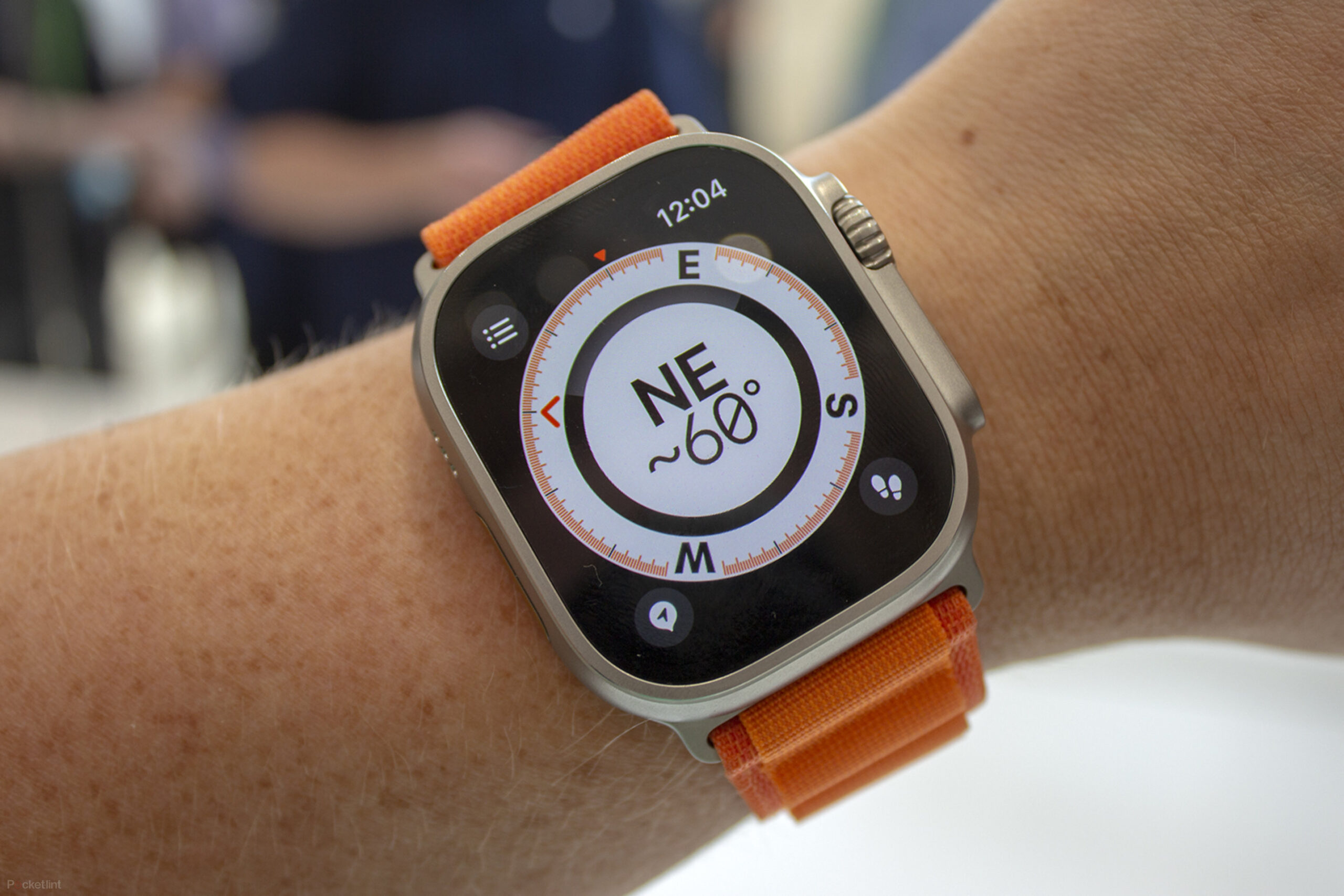
Once a dive begins, and the water lock mode is on, you can use the Digital Crown to scroll through several record displays. On all screens, you could see your cutting-edge intensity and no-deco time. A variometer is always on display, which moves up and down as you ascend or descend. It can be challenging to decide whether or not you’re transferring up and down in open water, so that’s a valuable tool to hold your level in the water, for example, whilst doing a protection stop.
You can rotate the Digital Crown to get admission to different displays or press the Action button to set a compass heading. On the numerous screens, divers enter a gaggle of more critical information.
Primary display screen:
- Dive Time – beneficial to realize how long you’ve been below, and while the boat expects your lower back
- Minutes to Surface – how long would it take to securely ascend to the Surface, such as a protection prevent
- Water Temperature – by no means truly all that useful, as there isn’t always lots you may do approximately once you’re in the water and find out you didn’t wear a heat-sufficient moist shape.
Secondary screen:
- Max intensity for this dive – helpful to ensure you are sticking to the mentioned dive plan for this dive
- Current ascent price – properly to keep an eye fixed on whilst you are surfacing from your dive to ensure you ascend at a low price.
- Percentage battery left within the Apple Watch Ultra – the battery lifestyle on this issue is impressive, but it’s true to be able to test
Compass screen:
This is a super helpful screen; underwater compasses are crucial and frequently one of the handiest ways to know which manner you face underwater. Traditional compasses are a royal ache inside the wetsuit, and the Oceanic+ app has one of the most excellent implementations I’ve ever seen.
- Current compass bearing
- Target compass heading (set using the Action button)
Air display:
This screen confused me a little; I doubt it’d be available all that beneficial maximum of the time, but it’s neat intending to verify that your watch is using the settings you notion it becomes.
- Conservatism
- Gas settings – air vs Nitrox, and oxygen percentage in case you’re diving on Nitrox
- Max oxygen partial pressure setting. This is ideal to recognize, as oxygen can become toxic to the important anxious gadget at excessive partial pressures. Here’s an
- “amusing” reality: Oxygen can be poisonous to people in case you naturally breathe 100% oxygen at as little as 6 meters/20 feet deep.
In addition, the watch will use a powerful haptic signal, easily felt thru a wetsuit, to attract your attention when it desires to inform you of something.
It can provide protection warnings, including decompression limits, excessive ascent rates and protection stops. It can also alert you if you’re at your most working depth (which varies primarily based on what fuel you are breathing), and buzz you with any intensity or time alarms you’ve set.
The alarms are colour-coded: Red for matters that want immediate motion, yellow for warnings, and blue if the water temperature drops under your configured threshold. And with the vast, vivid display screen and distinguished haptics method, you will no longer overlook something.
Below are some examples of caution displays: too-rapid ascent warning; safety stop reminder; goal depth alarm; and temperature alarm. The green strains across the centre of the screen are the tissue loading. If it is going all the way down, you’re out of no-deco time, and it’s time to floor to avoid unnecessary risk of decompression sickness.
Once within the water, there may be remarkably little to mention about the Apple Watch Ultra as a dive laptop: It’s clean to apply; the crown and buttons are extraordinary as some distance as user interfaces pass; the screens are well-designed, and the vital data is clear and clean to study.
I brought the trusty vintage Suunto on many a dive to function as my secondary dive pc for these check dives. The readouts from the two dive computers have been almost equal all of the ways via. The slight differences can be attributed to having the Suunto in my pocket simultaneously as the Apple Watch was on my wrist.
The Suunto also uses a barely different algorithm. Having stated that, seeking to evaluate the dive profiles on the two devices reminded me why the Oceanic+ changed into such an exquisite leap ahead. Even figuring out a way to step thru a logged dive at the Suunto is an unmitigated, miserable disaster. We’ve come an extended way in dive tech.
What is missing?

Apple Watch Ultra plus Oceanic+ is a hell of a mixture. Its head and shoulders are above the opposition regarding the display screen and consumer interface, and the automated syncing and logging to my cellphone is a fantastic perk. This isn’t to mention that the Apple Watch does quite the entirety.
Most excessive-cease dive computers are “air included,” which means that a transmitter can be added to your first-degree regulator, which transmits how much air you have left in your tank on your dive pc. Rumor has it that Oceanic+ and Apple Watch Ultra might have something within the works to add air integration sooner or later, even though both organizations remained tight-lipped on if and when this might be available.
As you climb the $1,000 mark, dive computers can also do more excellent exclusive fuel mixes, primarily used for technical diving. They are also better at decompression diving, dives where you exceed your no-deco time, and need to live underwater for longer to off-gas.
I suspect the Oceanic+ app has deco algorithms in location to store your bacon in case divers, by chance, overstay your no-deco time. Still, I couldn’t verify this before this article was posted. For context, in my masses of dives, I had the handiest ever as soon as I needed to do a decompression dive; it involved staying at 10 meters for 6-7 mins extra. Again, no longer something you’ll assume leisure divers to run into at the regular.
One advantage of the Apple Watch Ultra over traditional dive computers is that most dive computers spend eleven months of the year in a drawer. In contrast, Apple’s tool may be used for, well, the hundreds of things that people use Apple Watches for, together with making calls, fall detection, health monitoring, notifications and plenty greater. On a price-in-step-with-day-used basis, the Apple Watch Ultra is an excellent deal compared to every dive PC in the marketplace.


